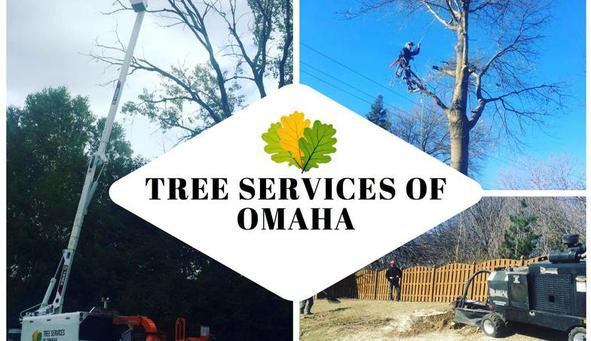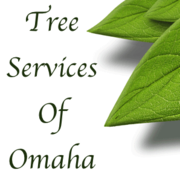Pine Wilt Disease
by David Steg on 03/02/16Signs of Pine Wilt
Pine wilt may be one of the fastest killing disease for trees. Once a tree is infested, the disease can completely kill the tree in as little as a few weeks. This disease is caused by a wood nematode called Bursaphelenchus xylophilius. This nematode is not located in the roots, but is found above ground in the tree. The parasite will feed on the cells surrounding the resin ducts. As the feeding continues, this will created air pockets in the water transport system, eventually killing the tree since it is unable to move water.
One of the most susceptible tree that is affected by pine wilt are scots pines. Other conifers are also at risk, such as red pines, mugo trees, jack pines, and Austrian pines. Pine wilt will show is symptoms by a discoloring of the needles from the top down. The needles will turn a gray color before turning brown, but never fall off the tree. Having the needles stay on the branch is a key sign to pine wilt disease.
The nematode is a microscopic worm, so you will not be able to see it with the naked eye since it is about 1mm in length. Usually, cross sections are taken from a limb and soaked in water. It is important to take multiple samples since these nematodes are not usually equally distributed throughout a tree. The Bursaphelenchus xylophilius is believed to be native to the United states and was first discovered in 1934.
The nematodes do not spread from tree to tree, so they use a host beetle. The pine sawyer beetle will assist in spreading the disease, through their respiratory systems. As the beetles begin to feed on new live trees, the nematodes will attache to the feeding wounds created by the beetles. The sawyer beetle will first attach to a dying pine tree to lay their eggs, since the bark is necessary for this to occur. The larvae will then feed off the cambial wood and later bore into the sapwood.
As the nematode migrates, they will typically move through the cortical resin canals in the branches. This is true for trees under 4 years of age, but as a tree ages the will no longer have the cortical tissues in the stem. Researchers have suggest that the nematode will migrate through the xylem resin canals in older trees. The nematodes will move downward and continue to destroy surrounding tissues. If they are not feeding on the plant cells, then they feed off of fungi. The bark beetles will carry blue-stain fungi and tend to colonize on dying trees. Studies have shown that the reproduction of nematodes are much higher when blue-stain funguses present.
Epidemiology
Optimal conditions for pine wilt to spread is after several months of hot and dry weather. When conditions are favorable, the internal host responses can be seen within on to three days. As the nematode invades the infected tree will experience cell death, host respiration, decreased water conductivity, increased ethylene production and an increased amount of phytotoxic compounds. Trees that suffer from a few of these conditions will wilt and die rapidly.
Disease Management
Pine wilt has been noticed more in the midwestern part of the United States. Scots pines had been planted as a tree that would survive in the landscape and serve as a great windbreak. Researchers have noticed that single planted trees tend to be an excellent breeding site for the beetles and nematodes. Also, trees that are over 10 years old are more susceptible to the pine wilt disease.
Trees that are infected will usually need to be removed, unless it is caught in an early stage. All wood from an infected tree needs to be chipped and away from all other trees, since the beetles can migrate to other healthy trees. Trunk injections using 2% abamectin has been proven to be effective, especially on uninfected trees. Research suggest that a healthy tree with have about a 95% protection rate against the pest. Most trees that are treated are protected for up to three years. Injections can be costly and are not recommended for trees that are already infected with the disease. It is best to consult with an arborist to seek treatment options.
Comments (0)



